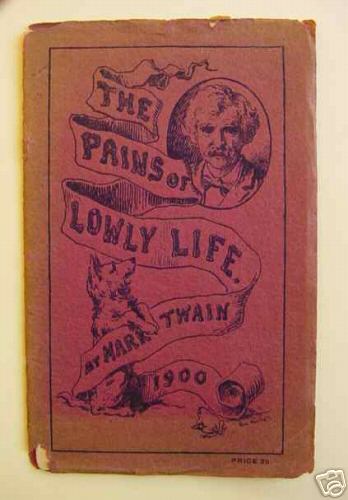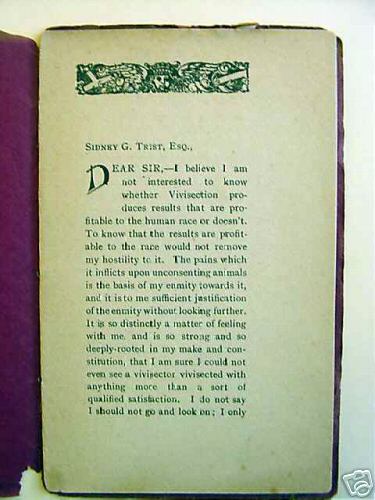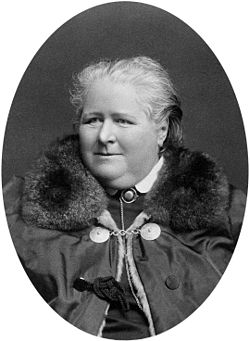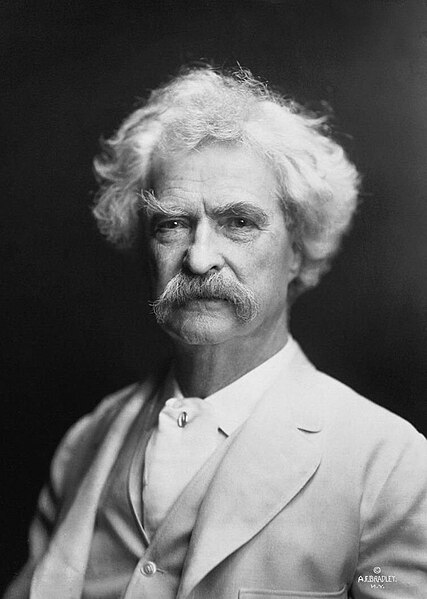
Mark Twain
Mark Twain on Scientific Research
letter to the editor, Animals’ Friend Magazine
「1900」Mark Twain, letter to the editor, “Mark Twain on Scientific Research,” Animals’ Friend 6Google Books」(1900 Apr): 99-100; Online at Animal Rights History, 2003; 「Letter to Sidney G. Trist (Editor of the Animals’ Friend Magazine), in his capacity as Secretary of the London Anti-Vivisection Society; Also published in pamphlet form as Pains of Lowly Life (London: Anti-Vivisection Society, 1900)」.
I believe I am not interested to know whether Vivisection produces results that are profitable to the human race or doesn’t. To know that the results are profitable to the race would not remove my hostility towards it.
Mark Twain on Scientific Research
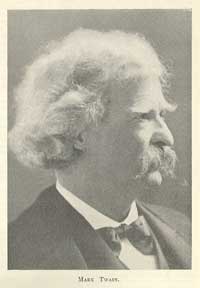
DEAR SIR,—I believe I am not interested to know whether Vivisection produces results that are profitable to the human race or doesn’t. To know that the results are profitable to the race would not remove my hostility to it. The pains which it inflicts upon unconsenting animals is the basis of my enmity towards it, and it is to me sufficient justification of the enmity without looking further. It is so distinctly a matter of feeling with me, and is so strong and so deeply-rooted in my make and constitution, that I am sure I could not even see a vivisector vivisected with anything more than a sort of qualified satisfaction. I do not say I should not go and look on ; I only mean that I should almost surely fail to get out of it the degree of contentment which it ought, of course, to be expected to furnish.
I find some very impressive paragraphs in a paper which was read before the National Individualist Club (1898) by a medical man. I have read and re-read these paragraphs, with always augmenting astonishment, and have tried to understand why it should be considered a kind of credit and a handsome thing to belong to a human race that has vivisectors in it. And I have also tried to imagine what would become of a race if it had to be saved by my practising vivisection on the French plan. Let me quote:—
“Vivisectors possess a drug called curare, which, given to an animal, effectually prevents any struggle or cry. A horrible feature of curare is that it has no anæsthetic effect, but, on the contrary, it intensifies the sensibility to pain. The animal is perfectly conscious, suffers doubly, and is able to make no sign. Claude Bernard, the notorious French vivisector, thus describes the effect of curare: ‘The apparent corpse before us hears and distinguishes all that is done. In this motionless body, behind that glazing eye, sensitiveness and intelligence persist in their entirety. The apparent insensibility it produces is accompanied by the most atrocious suffering the mind of man can conceive.’ It has been freely admitted by vivisectors that they have used curare alone in the most horrible experiments, that these admissions are to be found multiplied to any extent in the report of the Royal Commission. And though it is illegal at the present day to dispense with anæsthetics, experiments are going on in which curare is the real means of keeping the animals quiet while a pretence is made of anæsthetising them.
“I am not desirous of shocking you by reciting the atrocities of vivisection, but since the apologists try to deceive the public by vague statements that vivisectors would not, and do not, perpetrate cruelty, l wish to say sufficient to disprove their assertions.
“There is unfortunately abundant evidence that innumerable experiments of the following character have been performed on sensitive animals. They have been boiled, baked, scalded, burnt with turpentine, frozen, cauterized ; they have been partly drowned and brought back to consciousness to have the process repeated ; they have been cut open and mangled in every part of the body and have been kept alive in a mutilated state for experiments lasting days or weeks. If I wished, I could pile up mountains of evidence, to be found in the publications of physiologists and in the report of the Royal Commission.
“Here are some by Dr. Drasch in 1889 (Du Bois Reymond’s Archives),
‘The frogs, curarised or not, are prepared in the following manner. The animal is placed on its back on a piece of cork fastened by a needle through the end of the nose, the lower jaw drawn back and also fastened with pins. Then the mucous membrane is cut away in a circular form, the right eye-ball which protrudes into the back of the throat is seized, and the copiously bleeding vessels are tied. Next a tent hook is introduced into the cavity of the eye drawing out the muscles and optic nerves, which are also secured by a ligature. The eyeball is then split with a needle near the point where the optic nerve enters, a circular piece cut away from the sclerotic, and the crystalline lens, etc., removed from the eyeball. I may remark that my experiments lasted a whole year, and I have therefore tried frogs at all seasons.’
He calmly gives directions for keeping the animals still. If the frog is not curarised the sciatic and crural nerves are cut through. It is, however, sufficient to fasten the head completely to the cork to immobilise the animal.”
I could quote still more shameful vivisection records from this paper, but I lack the stomach for it.
Very truly yours,
(Signed) MARK TWAIN.
「This communication was addressed to Mr. Sidney G. Trist (Editor of this Magazine), in his capacity as Secretary of the London Anti–vivisection Society, of which the celebrated writer has recently been elected an honorary member. Mark Twain states that he has “no friendly feeling either to vivisection or sport.”
Anyone who has read “Huckleberry Fin” will appreciate the latter allusion. The above has been published in the form a a very charming booklet by the London Society.」
Photo Caption: MARK TWAIN.
